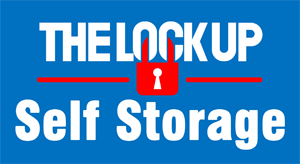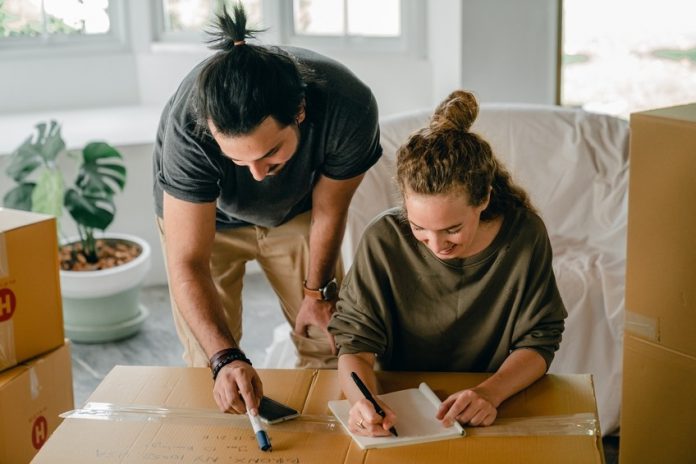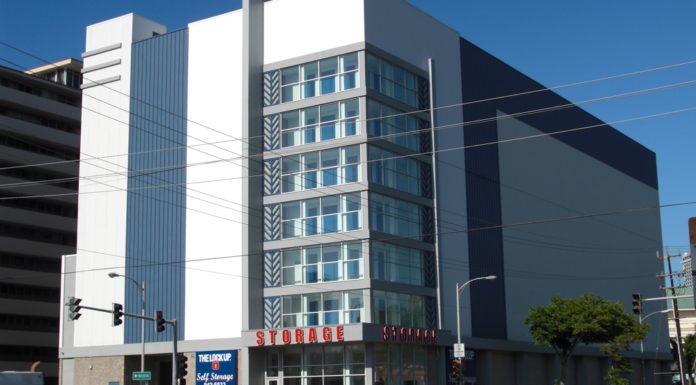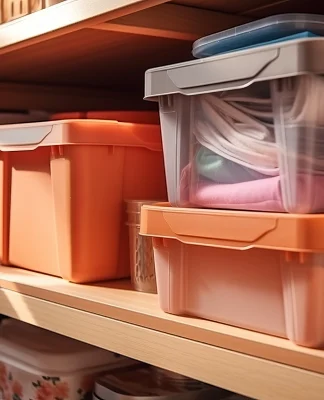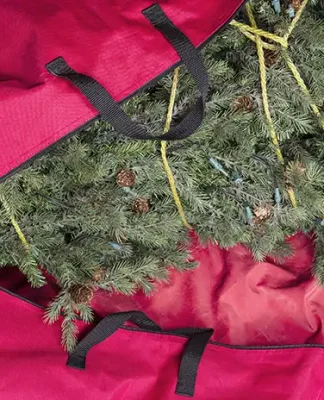Leaving your apartment can bring about an array of emotions. While you’re likely excited to move on to the next opportunity, and into your new home, moving on can be stressful and downright sad. This is even harder when you’re trying to organize all of the things you need to do to end your lease, pack up your belongings, and figure out how you’re going to get everything into your new home. To help streamline the process and make it as easy as possible, here are 10 steps to take before officially moving out of an apartment.
1. Notify Your Landlord
Before doing anything else, make sure that you notify your landlord well in advance. Some landlords or property management companies only require a 30-day notice, but others may need up to 90 days to find a new tenant to occupy your space. Check your lease before contacting your landlord so you understand the legal obligations that you agreed to. If you signed a lease saying that you’d give a 90-day notice, but have to move out in 30, you may be required to pay the remaining 60 days’ worth of rent, or you could lose your security deposit. A written notice is the standard, but your lease may indicate that emails or notice through an online portal are sufficient. Once you know you’re within your legal limits to terminate your vacancy, let your landlord know your expected move out day.
2. Check Financial Commitments
Some landlords or property management companies require tenants to pay first and last month rent along with a security deposit. Check your financial commitments so that you don’t overpay. If you already submitted your last month’s rent when you moved in, you will not need to pay it again. Keep in mind that your last month’s rent is not the same as your security deposit, so if you didn’t pay it upfront, you’ll need to pay it when your final month begins. Once you’ve finalized your move out, your landlord will assess your property and determine how much, if any, of the security deposit you’re entitled to. In virtually all circumstances, landlords will not take your security deposit in place of your last month’s rent.
3. Contact Your Insurance Agent
The next thing you’ll want to do is contact your renter’s insurance provider. It’s important to update the details of your living situation so that you continue to have coverage when you change addresses. If you’re moving to a new area, discuss any changes in premiums ahead of time to avoid financial surprises. It’s best to do this about 30 days in advance, but some policies have different time requirements. Check your paperwork and contact your agent accordingly.
4. Call Utility Providers
The same process applies to your utility providers. You’ll need to transfer the utilities out of your name at your old address so you can begin service at your new home. This includes companies that manage your gas, electric, water, and Internet services. A good rule of thumb is to call them a few weeks before you plan to move and schedule your turn off date for the day after you move out. This ensures that your electricity or water isn’t shut off while you’re still there, which can be especially problematic if you’re trying to move during the summer. If you’re using the same companies at your new place, ask them if they’re able to turn on the new facilities the day before you move in. If you can’t have overlapping services at two different addresses, have them turn the new utilities on the same day they’re turned off at your old place.
5. Declutter as Needed
You’d be surprised at how much you accumulate over the years. Before you start packing up your apartment, go around and try to declutter each room. Consider the value of each item and determine whether or not you’ll want to bring it with you to your new home. Doing this in advance will reduce the time it takes to move and give you more space to start fresh in another apartment. Create three separate piles for each room—keep, trash, and donate. Everything that you want to keep will be packed, while things that aren’t salvageable or have no real use should go into the trash. Things that wind up in the donate pile can either be taken to your local donation center or, if you put in a little effort, sold for some extra cash.
6. Pack Belongings Efficiently
Now, you’re ready to start packing. Doing this slowly over time can help you stay organized and alleviate some of the stress that’s commonly associated with moving. Go through each room and try to pack like items together. Avoid mixing items from the bedroom with items from the kitchen to increase efficiency when it comes time to unpack. If you’re still going to be in your old apartment for a while, start the packing process by putting away everything you don’t currently need. This can include out-of-season clothes, shoes, certain cooking utensils or appliances, books, and more. Consider creating a small section in your kitchen for items that you’ll continue using up until moving day. This should include one or two plates and cups, a fork and knife, a pan and spatula, a pillow, and anything else you plan to use. Pack these items in one box and label it accordingly so you can easily find it when you’re in your new place. This reduces the need to hastily go through every box once you move to find the essentials for cooking or eating a meal at home.
7. Repair Any Damages
Unless you don’t care about your security deposit, you’ll need to go around the apartment and repair any damages that were made. This includes filling in the holes in the wall, repainting anything that was changed, fixing blinds, changing out the light bulbs, and installing a fresh air filter. Anything that looks different from when you moved in will be taken out of the security deposit, so do what you can to revert changes. When you’re done, take pictures of the house so that you can dispute any claims of damage made in an attempt to withhold your security deposit.
8. Clean Thoroughly
As you start to make progress in each room, begin cleaning things from top to bottom. Dust the corners of the room along with the blades on ceiling fans first, then go down the walls and look for any scuff marks or dirt. Taking a top-down approach helps streamline the cleaning process and provides a higher return on your effort. The goal is for you to leave your apartment in the same condition as when you first moved in. While it can take some effort, this is the best way to ensure that you’ll get your security deposit back.
9. Change Your Address
As your moving day draws nearer, don’t forget to schedule a change of address with your post office. This is part of the moving process that many people forget about but delaying the process could mean that your mail is sent to the wrong location. You’ll need to formally do this either at your local post office or online at USPS, but it’s also important to alert your friends, family, and any subscription services that send you mail.
10. Enjoy a Stress-Free Move
Once you’ve done everything on this list, you’re ready for a stress-free move. Enlist the help of some friends or consider hiring a professional moving company. If you’re moving to a smaller place, take some of your items to your self-storage unit ahead of time to make moving day even easier.
Moving into a new apartment can be a great way to give yourself a fresh start, but it’s unlikely that you’ll be able to create the same setup you once had. To help you during this transition, consider using short-term self-storage at The Lock Up Self Storage for all of your moving needs. With a range of sizes, our storage units will provide you with the extra space you need while getting settled. If you find that your new home isn’t as big as your previous apartment, flexible leasing provides your excess items with a safe, reliable place to stay for as long as you need. At The Lock Up, all of our self-storage units are temperature controlled and protected by state-of-the-art security features like perimeter alarms, CCTV, and unique, individual access codes. To find a facility near you, contact The Lock Up today at 1-866-327-LOCK or find a unit online today.

